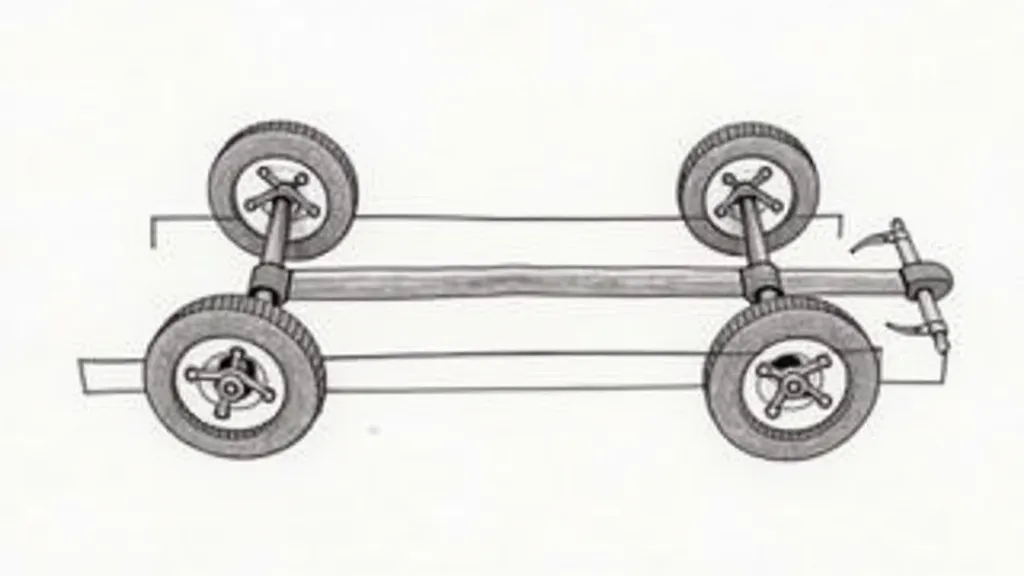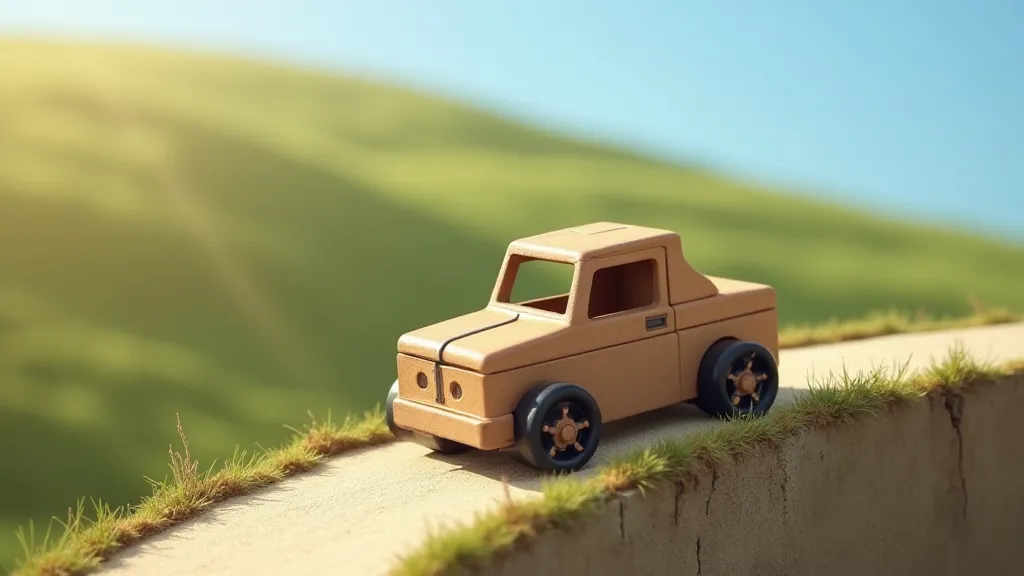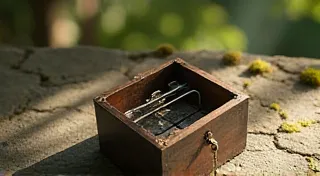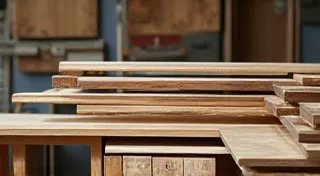How to Build a Soap Box Car for Beginners: A Simple Project
Building a soap box car is a fantastic project that combines creativity, engineering, and a whole lot of fun! This guide is designed specifically for beginners, walking you through the essential steps to build a basic, functional car. Don't be intimidated – while there’s room for advanced techniques later, we’re focusing on a straightforward build to get you started. This project also provides a fantastic opportunity to learn about the properties of different woods; if you're curious about choosing the right wood for your soap box car, you'll find a deeper dive into lumber types and their suitability for this project. Understanding wood properties is crucial, as it directly impacts the car’s weight, strength, and overall performance.
Understanding the Basics
Traditional soap box cars are gravity-powered, meaning they rely on the slope of a hill to move. They have no steering and rely on the driver's balance and weight shifting for direction. Safety is paramount – always build and race under supervision and at controlled locations. The simplicity of the design belies the engineering principles at play. Consider the impact of aerodynamics - something later builders often experiment with - even when starting with a basic structure. Getting a solid foundation is key before venturing into more complex designs; for inspiration on how to build beyond a simple structure, check out some great soap box car design ideas.
Materials You'll Need
- Wood: Plywood (1/2" or 3/4" thick) is your primary material. You'll need enough for the chassis, body, and possibly the seat. Dimensions will vary based on the desired size (see suggested dimensions below). Different types of wood offer unique benefits and drawbacks - some are lighter, some stronger. Redwood and pine are common choices, but consider the impact of each type on the final product.
- Fasteners: Screws (wood screws, various sizes), nails.
- Wheels: Soap box car wheels are essential! You can purchase these online or from hobby shops. Ensure they are matched pairs for optimal rolling. Selecting the right wheels is critical for speed and efficiency.
- Axles: Typically steel rods. They must be strong and straight.
- Tools: Saw (hand saw or power saw), drill, screwdriver, measuring tape, sandpaper, clamps. Safety glasses and gloves are a must! A well-equipped workspace can significantly impact the ease and precision of your build; if you're wondering about essential tools for building a soap box car, our guide details the must-haves for both novice and experienced builders. Investing in good quality tools will not only improve your build quality, but also make the entire process more enjoyable.
Step-by-Step Building Guide
1. The Chassis
The chassis is the backbone of your car. A simple rectangular shape works well for beginners. Suggested dimensions: 48" long, 24" wide. Cut the plywood according to these dimensions. Accuracy here is important – square cuts make for a better-running car. Think about the weight distribution at this stage; lighter materials for the chassis contribute to increased speed, but they need to be structurally sound. The chassis's design influences the car’s stability and responsiveness, and the quality of cuts impacts rolling efficiency. For a more complex car, you can consider more involved techniques, but for a beginner’s car, square cuts are key to smooth rolling.
2. The Wheels & Axles
This is a crucial step for smooth rolling. Attach the wheels to the axles. The axles need to be securely fastened to the chassis. Use brackets or create your own using wood scraps. Double-check that the axles are parallel and that the wheels spin freely. Improperly aligned wheels will lead to unnecessary friction and slower speeds. The alignment of the wheels directly impacts the car’s rolling resistance. You can find that different wheel bearings and axle materials can increase efficiency.
3. The Body
The body provides the car's shape and provides a place for the driver to sit. This can be as simple as a plywood box that sits on top of the chassis. Design it for aerodynamics – while not crucial for a beginner's car, it's a fun concept to explore. Remember to leave a large enough opening for the driver to get in and out. Beyond simple boxes, you can explore various designs to enhance performance and aesthetics. Consider the effects of wind resistance, a concept often explored by more experienced builders; exploring a few different designs will reveal the potential impact of aerodynamics. For inspiration, check out soap box car design ideas, ranging from classic to modern styles.
4. The Seat
The seat should be comfortable and secure. A simple plywood seat is fine. Consider adding padding for extra comfort. Position it so the driver can comfortably reach the ground with their feet while seated. The seat's placement can also impact the car's center of gravity, so consider its impact on stability. A well-positioned seat contributes to a low center of gravity, which increases stability and maneuverability.

5. Finishing Touches
Sand all edges smooth to prevent splinters. You can paint or stain your soap box car to personalize it. Make sure any paint is fully dry before racing. Consider the impact of paint weight on performance; lighter finishes are generally preferred. Choose your finish wisely, as even a few ounces of extra weight can noticeably impact speed. If safety is a concern, be certain to use only non-toxic paints and finishes.
Important Safety Considerations
- Supervision: Always build and race under the supervision of a responsible adult.
- Protective Gear: Helmets are *essential* for all racers.
- Racing Location: Choose a safe, paved hill with minimal traffic.
- Braking: Traditional soap box cars have no brakes! This is why controlled racing conditions are so important. Understanding the lack of braking systems is key to safe racing. For more details on safety measures and potential modifications, explore braking systems for soap box cars. While many beginner builds forego braking systems, the lack of braking means that caution is imperative when choosing a track and hill.
Beyond the Basics
Once you’re comfortable with this simple build, you can explore more advanced techniques: aerodynamic body designs, different wheel configurations, and even rudimentary steering systems (though true steering is rare in traditional racing). You could experiment with different wheel bearings to reduce friction and improve speed. Consider the impact of different materials on overall weight and durability. Think about the principles of physics at play; understanding momentum and friction will give you a significant edge. It’s a whole world to explore once you're comfortable with the fundamentals. A deeper understanding of vehicle dynamics can truly set your car apart.

Building a soap box car is a rewarding experience that teaches valuable skills in engineering, problem-solving, and teamwork. It's a chance to apply physics principles and design skills in a tangible way. Have fun, be safe, and enjoy the thrill of the ride! Consider joining a local soap box car club to connect with other enthusiasts and learn from experienced builders. The possibilities for customization and improvement are endless, and each build presents a new opportunity to learn and innovate. Experiment with different chassis designs, wheel configurations, and aerodynamic features to optimize your car's performance. Remember to prioritize safety above all else, and always race under the supervision of a responsible adult. Share your experiences and insights with others, and contribute to the vibrant community of soap box car builders.





